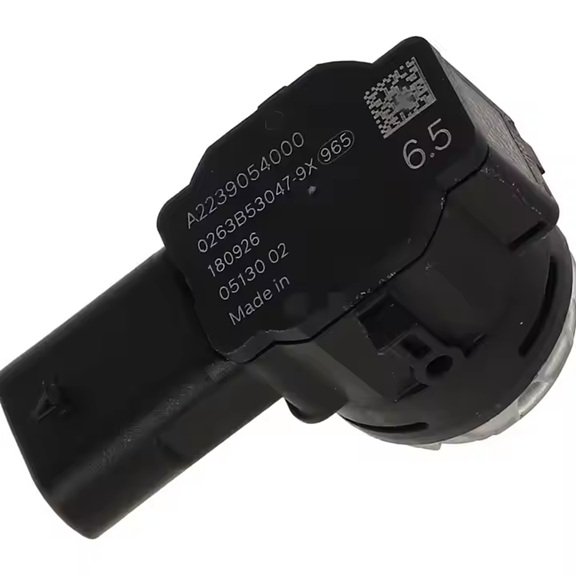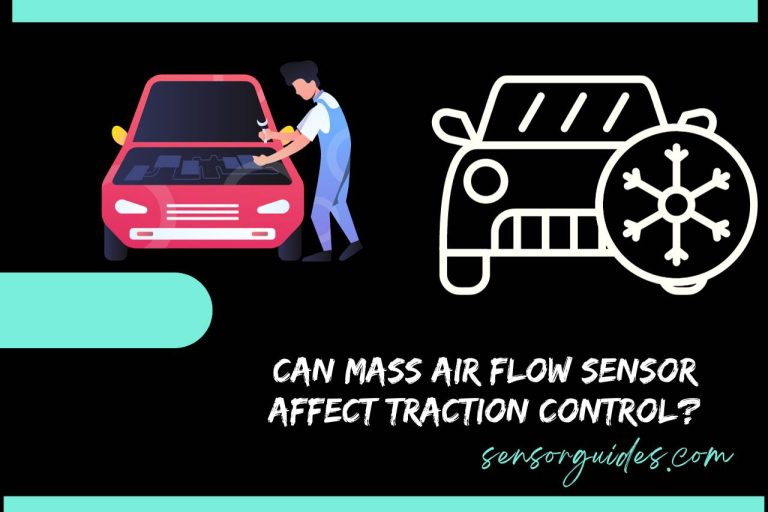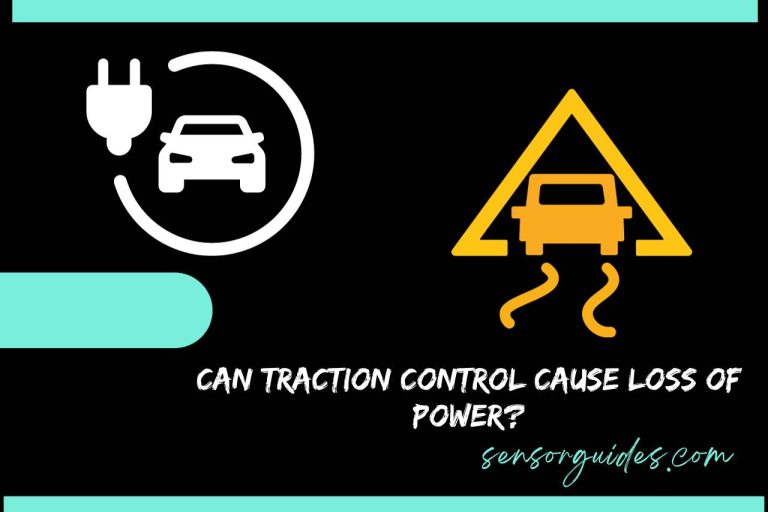Mercedes-Benz Ultrasonic Sensors

Mercedes-Benz Ultrasonic Sensors are a critical part of the vehicle’s advanced driver-assistance systems (ADAS). These sensors are designed to detect and measure distances to objects around the car, ensuring safer driving experiences. This article explores the technology behind Mercedes-Benz ultrasonic sensors, how they work, their applications, benefits, and more. We’ll also answer some frequently asked questions at the end.
What Are Mercedes-Benz Ultrasonic Sensors?
Mercedes-Benz ultrasonic sensors are devices that use sound waves to detect objects and measure distances around a vehicle. They work on the principle of echolocation, similar to how bats and dolphins navigate in the wild. The sensor emits high-frequency sound waves, which bounce off objects in the vehicle’s vicinity. The time it takes for the sound waves to return to the sensor is measured, and based on that time, the sensor calculates the distance to the object.
These sensors are mainly used for close-range applications, such as parking assistance and low-speed collision avoidance. In a typical Mercedes-Benz vehicle, multiple ultrasonic sensors are installed around the car, including the front and rear bumpers. They enable features like parking sensors, collision warning systems, and automatic emergency braking.
How Do Mercedes-Benz Ultrasonic Sensors Work?
The working mechanism of ultrasonic sensors is simple yet highly effective. The sensor sends out sound waves at a high frequency, which are inaudible to humans. These sound waves hit any nearby object and bounce back to the sensor. The time it takes for the sound waves to return is recorded by the sensor’s onboard electronics.
Based on the time delay, the sensor calculates how far away the object is. The shorter the time it takes for the sound waves to return, the closer the object is to the sensor. This data is then sent to the car’s onboard computer system, which processes it and triggers an action, such as warning the driver or automatically stopping the car to prevent a collision.
The process is very quick, ensuring that the car can respond in real time, making driving safer and more efficient.
What Are the Applications of Mercedes-Benz Ultrasonic Sensors?
Mercedes-Benz ultrasonic sensors have several applications within their vehicles. One of the most common uses is in parking assistance. The sensors detect objects around the vehicle when it is in reverse or at low speeds. When an obstacle is detected, the system alerts the driver with visual or audible warnings, helping to avoid accidental collisions while parking.
Another significant application is in collision avoidance systems. Ultrasonic sensors help to detect objects in the vehicle’s path and can trigger automatic emergency braking if a collision is imminent. This feature is a part of Mercedes-Benz’s broader suite of driver assistance technologies, which aim to enhance vehicle safety.
Additionally, ultrasonic sensors are integrated with systems like adaptive cruise control and lane-keeping assist to monitor the surrounding environment. They are also used in automated parking systems, which allow the car to park itself by detecting obstacles and steering into a parking space without driver intervention.
Why Are Mercedes-Benz Ultrasonic Sensors Important for Vehicle Safety?
Mercedes-Benz ultrasonic sensors play a vital role in improving overall vehicle safety. With the increasing complexity of modern road systems and the growing presence of obstacles, these sensors help drivers avoid potential accidents. The sensors provide real-time data about the vehicle’s surroundings, allowing the car’s computer systems to make timely decisions to protect the occupants.
For instance, parking sensors help drivers avoid hitting pedestrians, other cars, or obstacles while maneuvering into tight spaces. Similarly, the sensors’ integration with collision prevention systems reduces the likelihood of rear-end crashes, especially at low speeds. As part of Mercedes-Benz’s comprehensive safety system, ultrasonic sensors are integral to the company’s commitment to making driving safer.
What Are the Benefits of Mercedes-Benz Ultrasonic Sensors?
The benefits of Mercedes-Benz ultrasonic sensors are numerous. One of the key advantages is the enhanced safety they provide. By offering real-time feedback about nearby objects, these sensors help prevent accidents that could occur due to blind spots or limited visibility, particularly in parking situations.
In addition to safety, ultrasonic sensors improve convenience and ease of driving. The proximity alerts and automatic parking features make it easier for drivers to navigate in tight spaces, eliminating the stress of parallel parking or squeezing into small spots.
Another significant benefit is the integration of ultrasonic sensors with other ADAS technologies, creating a cohesive system that can predict and respond to potential dangers. This combination of sensors ensures that drivers are more aware of their surroundings and can react faster in emergency situations, ultimately leading to fewer accidents and smoother driving experiences.
How Does Mercedes-Benz Integrate Ultrasonic Sensors with Other Driver Assistance Features?
Mercedes-Benz has taken the integration of ultrasonic sensors to the next level by combining them with various other driver assistance technologies. For example, ultrasonic sensors work in tandem with cameras, radar, and LiDAR sensors to provide a comprehensive picture of the vehicle’s environment. This multi-sensor setup allows for more accurate and reliable detection of objects.
The sensors communicate with the car’s central processing unit, allowing it to make quick decisions. For instance, when a sensor detects an object in the parking area, the car may automatically activate the braking system or steer the vehicle into a parking spot. This seamless integration between ultrasonic sensors and other technologies ensures the highest level of driver assistance.
Mercedes-Benz also employs machine learning algorithms that enable these systems to adapt to different driving conditions over time. The sensors can identify and react to new objects, such as pedestrians or bicycles, improving their effectiveness.
What Are the Challenges of Using Ultrasonic Sensors in Vehicles?
Despite their numerous benefits, ultrasonic sensors do have some limitations. One of the primary challenges is their range. These sensors are designed for short-range detection, which means they may not be as effective in detecting objects at greater distances, such as on the highway.
Weather conditions can also affect the performance of ultrasonic sensors. Heavy rain, snow, or dirt on the sensors can interfere with the sound waves, reducing their accuracy. This is why ultrasonic sensors are often used in conjunction with other sensor types, such as radar and cameras, which can provide longer-range detection and more accurate data in various environmental conditions.
Additionally, while ultrasonic sensors are effective for detecting solid objects, they may struggle with smaller or more difficult-to-detect obstacles, such as low curbs or debris on the road. Mercedes-Benz continuously works to improve sensor technology to overcome these challenges and offer a more robust safety system.
Conclusion
Mercedes-Benz ultrasonic sensors are essential components of modern vehicles, providing valuable assistance to drivers in avoiding collisions and improving overall safety. By using high-frequency sound waves to detect nearby objects, these sensors support a wide range of applications, including parking assistance, collision avoidance, and automated parking. Their integration with other advanced driver assistance systems ensures that the vehicle can respond quickly to potential hazards, offering a more secure and convenient driving experience.
As part of Mercedes-Benz’s ongoing commitment to safety and innovation, these ultrasonic sensors are an important part of their mission to make roads safer for everyone. Despite their challenges, ultrasonic sensors are a vital part of the automotive landscape, helping drivers navigate more confidently and ensuring that technology is always working in their favor.
FAQs
1. Can ultrasonic sensors detect pedestrians? Yes, ultrasonic sensors can detect pedestrians, particularly in low-speed situations like parking. However, they may not be as effective at detecting people at higher speeds or in complex scenarios, so additional sensors like cameras and radar are often used in conjunction with them.
2. How do weather conditions affect ultrasonic sensors? Weather conditions like rain, snow, or dirt can interfere with the performance of ultrasonic sensors. The sound waves may be distorted, leading to inaccurate readings. Cleaning the sensors regularly can help maintain their effectiveness.
3. Are ultrasonic sensors used in self-driving cars? Yes, ultrasonic sensors are one of the many sensors used in self-driving cars. They help with tasks like parking, collision avoidance, and monitoring the vehicle’s surroundings, but they are typically used alongside other technologies, such as radar, LiDAR, and cameras, for comprehensive environmental detection.
4. Can ultrasonic sensors be repaired or replaced? If an ultrasonic sensor is malfunctioning or damaged, it typically needs to be replaced rather than repaired. The sensor is part of a larger system, and issues can affect the vehicle’s safety features, so it is important to have it checked by a professional.
5. Are ultrasonic sensors the only sensors in Mercedes-Benz vehicles? No, Mercedes-Benz vehicles use a combination of sensors, including ultrasonic sensors, radar, cameras, and LiDAR. Each type of sensor has its strengths and weaknesses, and they work together to provide the most accurate and reliable data for the car’s driver assistance systems.






